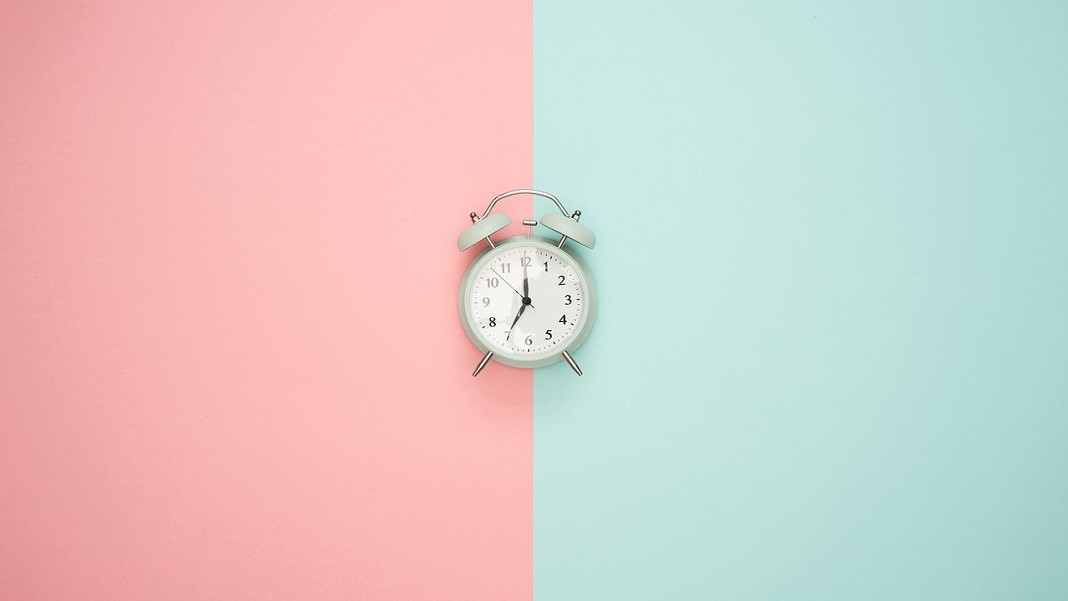
In the dance of time, where years spin like the hands of a clock, have you ever paused to wonder why some faces carry the morning dew of youth while others wear the creases of a well-read book?
Age, that chronological keeper of birthdays, often whispers a singular truth, but beneath its simple tale lies a more complex narrative, etched not in the candles on a cake, but in the very essence of our being.
Here we introduce the term of “biological age,” a measure that may hold the key to understanding our health and longevity far better than our chronological age ever could. But what is biological age, and why does it matter? Let’s explore the intriguing and multifaceted world of biological aging. In
The Tale of Two Ages: Chronological vs. Biological
Chronological age is straightforward – it’s the number of years since you were born. Biological age, on the other hand, is like a secret narrative of your life, written in the language of cells, molecules, and physiological processes. It tells the story of wear and tear, of resilience and decay, and most importantly, it’s unique to each individual. Unlike chronological age, biological age isn’t uniform; it varies widely among people of the same birth year.
Why Biological Age Matters
Understanding the different kinds of biological age is more than an academic curiosity; it’s a potential roadmap to a healthier, longer life. By knowing which aspects of our biological age are out of sync with our chronological age, we can tailor lifestyle interventions, medical treatments, and health strategies to address specific aging processes.
For instance, if your metabolic age is high, you might focus on improving your diet and increasing muscle mass. A greater epigenetic age could prompt a review of your environment and lifestyle choices, seeking ways to reduce stress and exposure to toxins.
The Faces of Biological Age: Different Types Explored
Biological age isn’t a singular concept; it has different “faces,” so to speak. Let’s explore these various kinds of biological age to understand how they paint a comprehensive picture of our health.
Cellular Age: The Chronicles of Telomeres
At the cellular level, age is often measured by telomeres, the protective caps at the ends of our chromosomes. Like the plastic tips on shoelaces, telomeres prevent our chromosomes from ‘fraying.’ Each time a cell divides, these telomeres shorten – a process linked to aging. Individuals with longer telomeres are considered to have a younger cellular age, potentially predicting better health and longevity.
Epigenetic Age: The Symphony of Methylation
Epigenetics studies how our behaviors and environment can cause changes that affect the way our genes work. One such change is DNA methylation – a chemical modification to DNA that can turn genes on or off. Epigenetic clocks measure patterns of methylation to reveal an individual’s epigenetic age, which can reflect lifestyle and environmental factors, potentially predicting age-related diseases and mortality.
Metabolic Age: The Energy Equation
Metabolic age is based on your basal metabolic rate (BMR), the number of calories your body burns at rest. This form of biological age considers factors like muscle mass, body fat percentage, and overall metabolic health. If your metabolic age is lower than your chronological age, it suggests a more efficient metabolism, often associated with better health and physical condition.
Functional Age: The Measure of Ability
Functional age assesses age based on physical and cognitive abilities, rather than time or biology. It looks at how well you perform on various tasks compared to others in your age group. This includes strength, flexibility, balance, memory, and reasoning. A lower functional age implies a higher level of fitness and cognitive function, which can be a predictor of longevity.
Phenotypic Age: The Visible Signs
Phenotypic age is perhaps the most visible kind of biological age, as it’s based on observable characteristics. This includes factors such as skin elasticity, hair graying, and other physical traits associated with aging. Researchers can predict phenotypic age by assessing these characteristics, which often give a general sense of a person’s health and vitality.
Embracing the Complexity of Aging
As intriguing as the concept of biological age is, it’s important to remember that it’s an evolving field. New research continually refines our understanding, offering hope for interventions that could slow or even reverse aspects of the aging process.
Biological age reminds us that aging is not merely a passage of time but a complex interplay of genetics, lifestyle, and environment. Embracing this complexity can empower us to take control of our health narrative, living not just longer, but better.
In conclusion, the many faces of biological age offer a fascinating glimpse into the inner workings of our bodies. They help us understand that “age” is not just a number, but a multifaceted concept that holds the secret to our vitality and longevity. As science advances, we edge closer to deciphering the mysteries of biological age, ultimately paving the way for a future where every year is lived to its fullest potential.